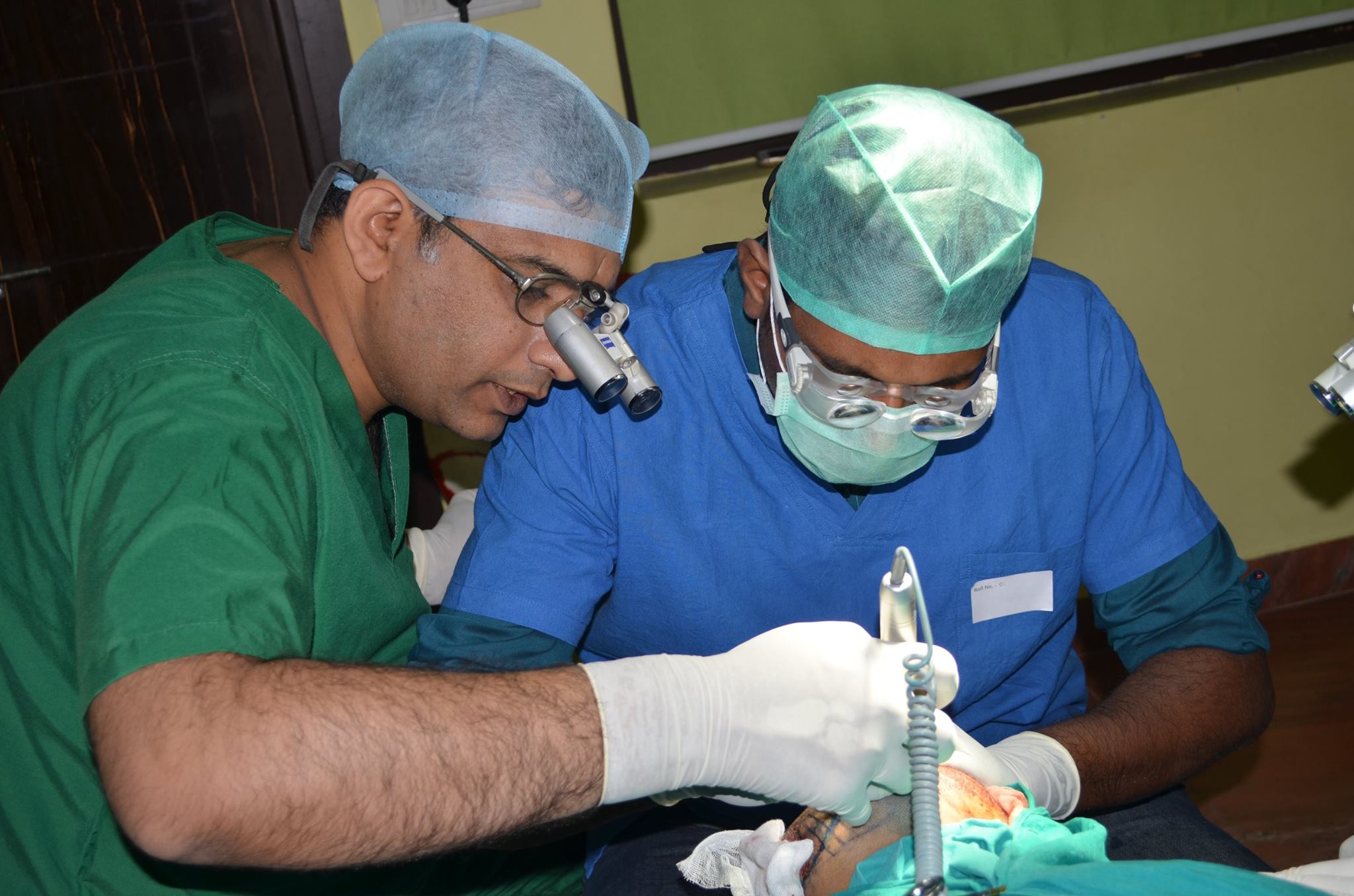There is an array of diverse hair loss treatments available today, and this can become quite confusing when you first start doing your research. The most feasible solution for the bald area is to have a good hair transplant. Hair Transplant Surgery is the only permanent solution to hair loss. It moves the donor hair from one part of the scalp – the ‘donor site’ – to the bald, or balding, part of the scalp – the ‘recipient site’.
There are two main types of hair grafts harvesting methods-
1. FUE (Follicular unit excision)
2. FUT (Follicular unit transplantation),
Follicular Unit Transplantation (FUT), is the technique involving the harvesting and transplanting the donor hairs in natural groupings, by the strip method is considered as the gold standard.
New techniques have improved the quality and efficiency of Follicular Unit Extraction now called Excision or FUE Transplants. These new techniques utilize the latest technology including automated devices and robotics.
Other procedures that exist on the horizon are gene therapy techniques and hair stem cell production. Hair stem cell production, or hair multiplication, will allow patients with limited donor hair to reproduce or clone their hair in a laboratory, while gene therapy works by deactivating certain cells after being injected into a patient. Both of these techniques have exciting implications for the future of hair restoration.
Both FUT and FUE procedures aim to get the same results at the end but are fundamentally very different types of surgery in terms of Harvesting of Follicles
1.Follicular unit transplantation (FUT)
It is a procedure where hairs are transplanted from areas at the back and sides of the scalp to the balding areas of the scalp by taking out a strip of hair bearing area. The patient is locally anesthetized and a surgeon removes a single strip or multiple strips of tissue from the donor area as per his practice. The donor strip is cut into multiple salivers which then are further divided into individual follicular units. The doctor then makes tiny slits in the scalp, where the follicular unit grafts are carefully placed. The placement of the grafts is usually done by a team of nurses or healthcare assistants.
2. Follicular Unit Excision (FUE)
FUE technique was developed later and uses more advanced machines than previous methods of hair transplantation (i.e.strip harvesting transplantation or FUT). In follicular unit excision, a highly experienced surgeon extracts hair follicles from the donor area (typically occipital, temporal and parietal areas) with the use of a specialized extraction instrument, which is a low torque , very sophisticated Follicular unit Excision machine. The follicles are then seen and segregated under the microscope and then transferred to the recipient area. Using a specialized microsurgical needle, the surgeon creates slits in the scalp area that will receive the grafts. The grafts are then inserted at an angle and direction into the recipient area, and with a specific density so that it will resemble a natural and realistic hair pattern.
Tools don’t make any surgery better but it may make the doctor’s job a little easier. Just like a better oven will not make a meal taste tastier, You still need a good cook (or a good doctor). So, obtaining great results from your hair restoration surgery comes down to three very important facts:
#1: Selecting A Highly Qualified and Trained Hair Restoration Surgeon
#2: The Experience of the Hair Transplant Surgeon Performing FUE.
#3: Daily Medical Treatment Program for Hair Stabilization
